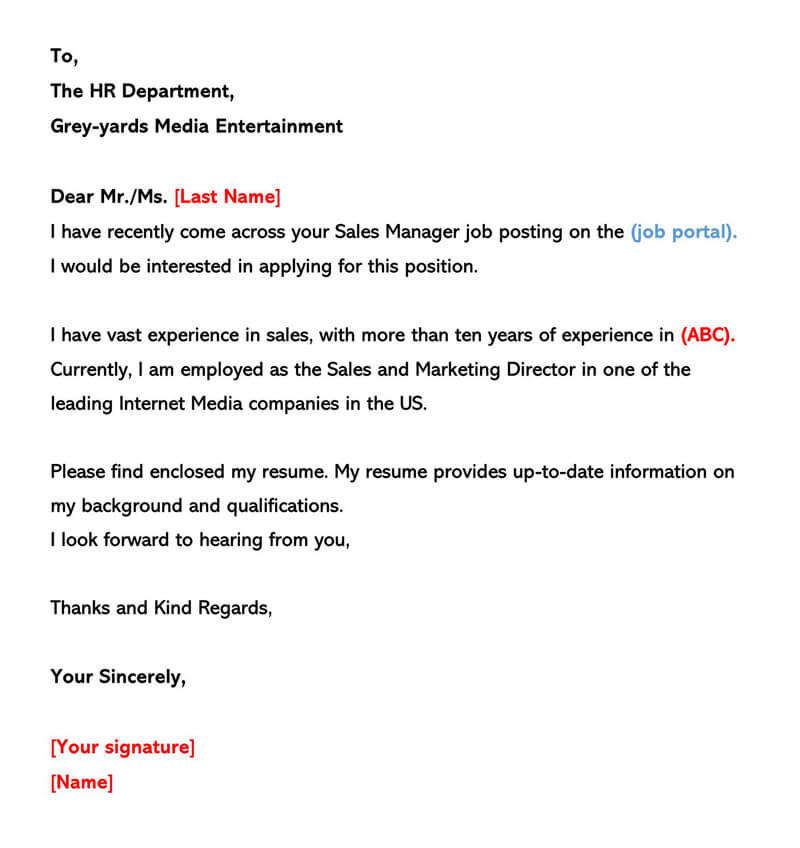Our Automatic Cover Letter Builder You Perfect Cover Letter Just Few Clicks. Completion time: 15 minutes. 77,862 Cover Letters created today. Developed HR Experts.
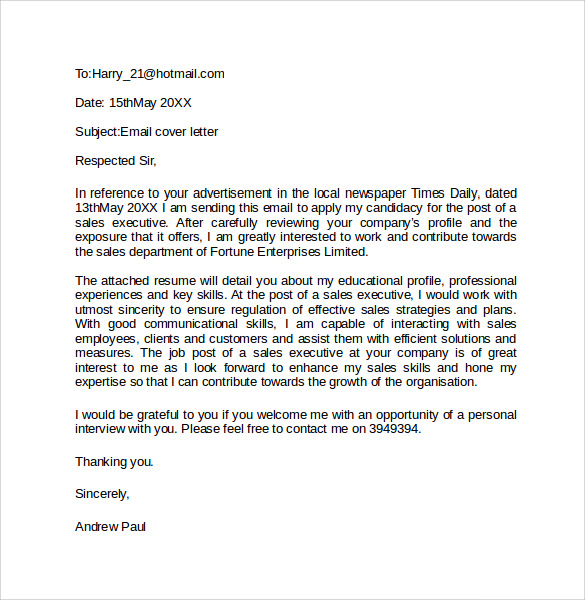 Complete Samples, Tips & More-Make Perfect Cover Letters Free & the Job! the Hassle of Writing Cover Letter. View Professional Examples Online.
Complete Samples, Tips & More-Make Perfect Cover Letters Free & the Job! the Hassle of Writing Cover Letter. View Professional Examples Online.
 How email cover letter Follow instructions emailing cover letter: 1. Follow company instructions Email cover letters generally sent one two ways: an email attachment as body your email. sending cover letter, check company's job application guidelines.
How email cover letter Follow instructions emailing cover letter: 1. Follow company instructions Email cover letters generally sent one two ways: an email attachment as body your email. sending cover letter, check company's job application guidelines.
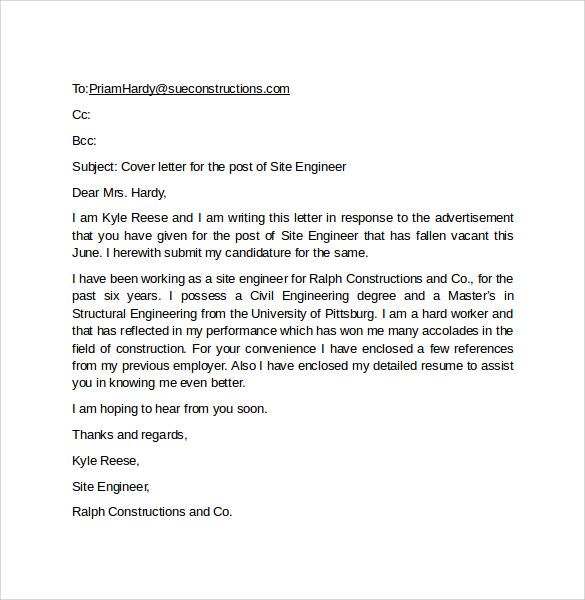 An Email Cover Letter a formal document by applicant the hiring manager expressing interest a job position. supports resume gives details you an applicant. can sent as attachment as part the main body.
An Email Cover Letter a formal document by applicant the hiring manager expressing interest a job position. supports resume gives details you an applicant. can sent as attachment as part the main body.
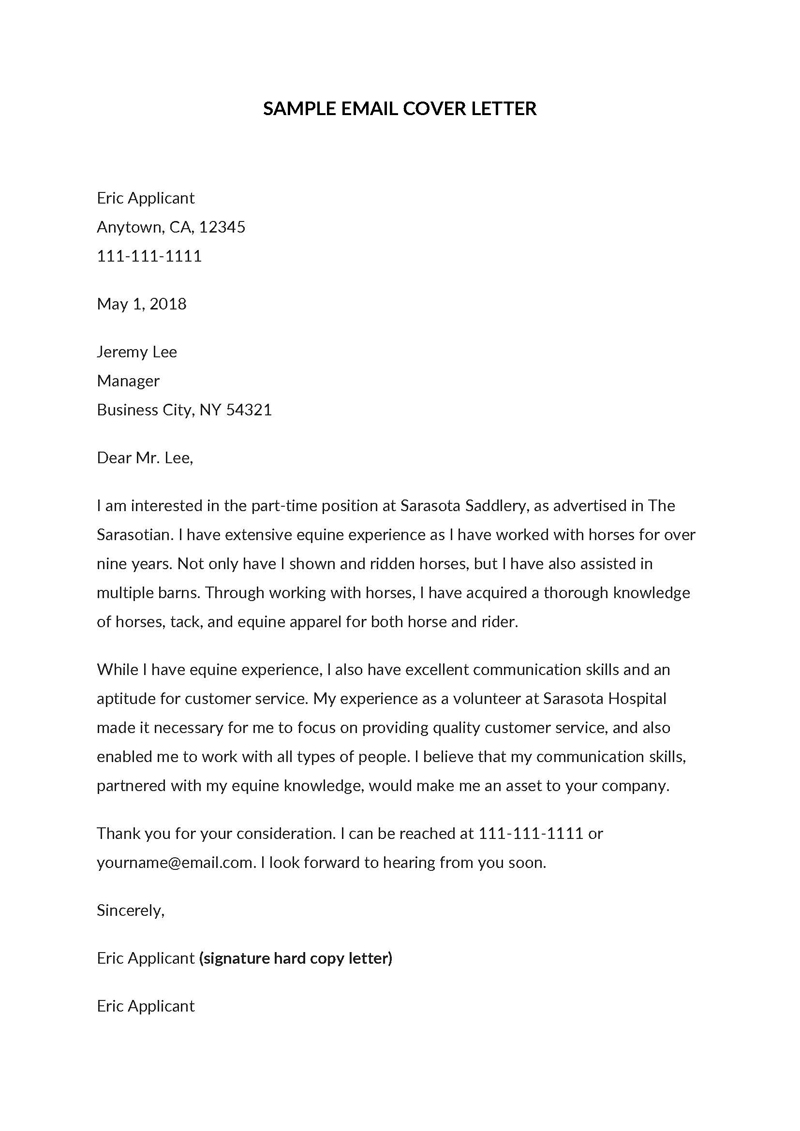 1. it easy read. average recruiter spends little time reading email. you your job application stand chance, email cover letter format be clear easy read - on smartphone. paragraph be to sentences long.
1. it easy read. average recruiter spends little time reading email. you your job application stand chance, email cover letter format be clear easy read - on smartphone. paragraph be to sentences long.
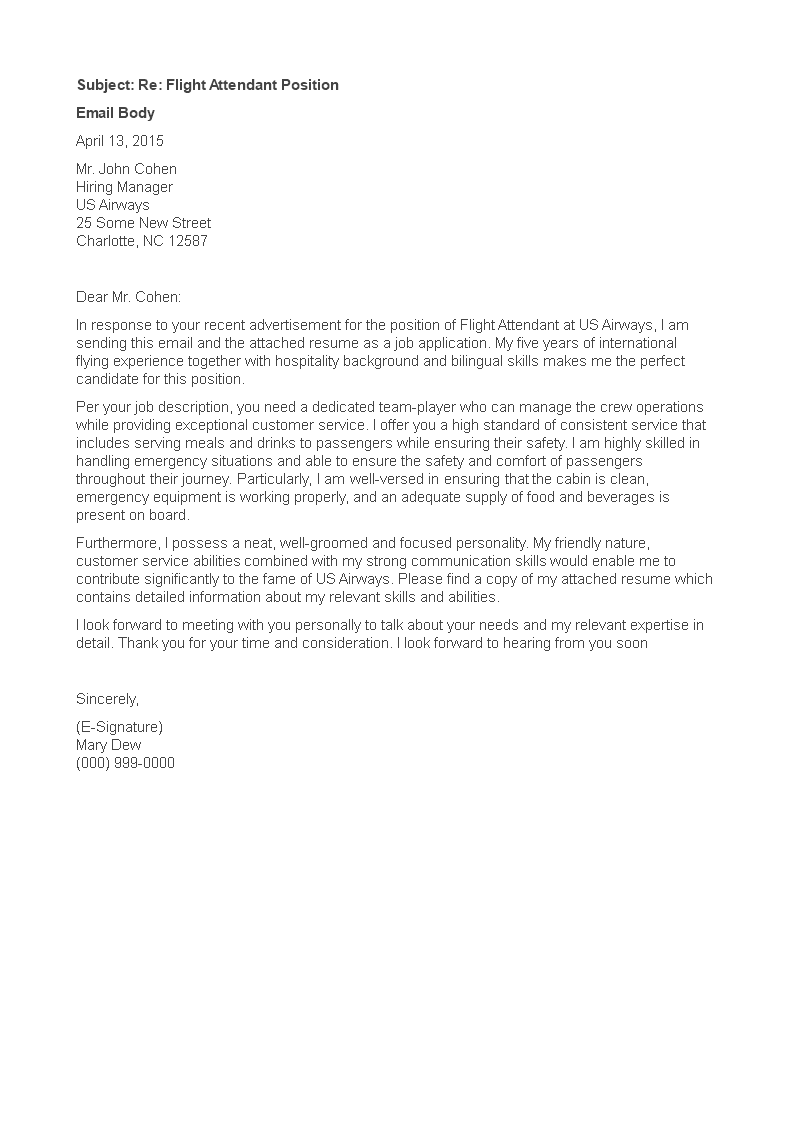 Signature Email Cover Letter . a signature the of email cover letter, could missing on incredible potential job opportunities. quick snippet your contact information it easy recruiters hiring managers alike contact you.
Signature Email Cover Letter . a signature the of email cover letter, could missing on incredible potential job opportunities. quick snippet your contact information it easy recruiters hiring managers alike contact you.
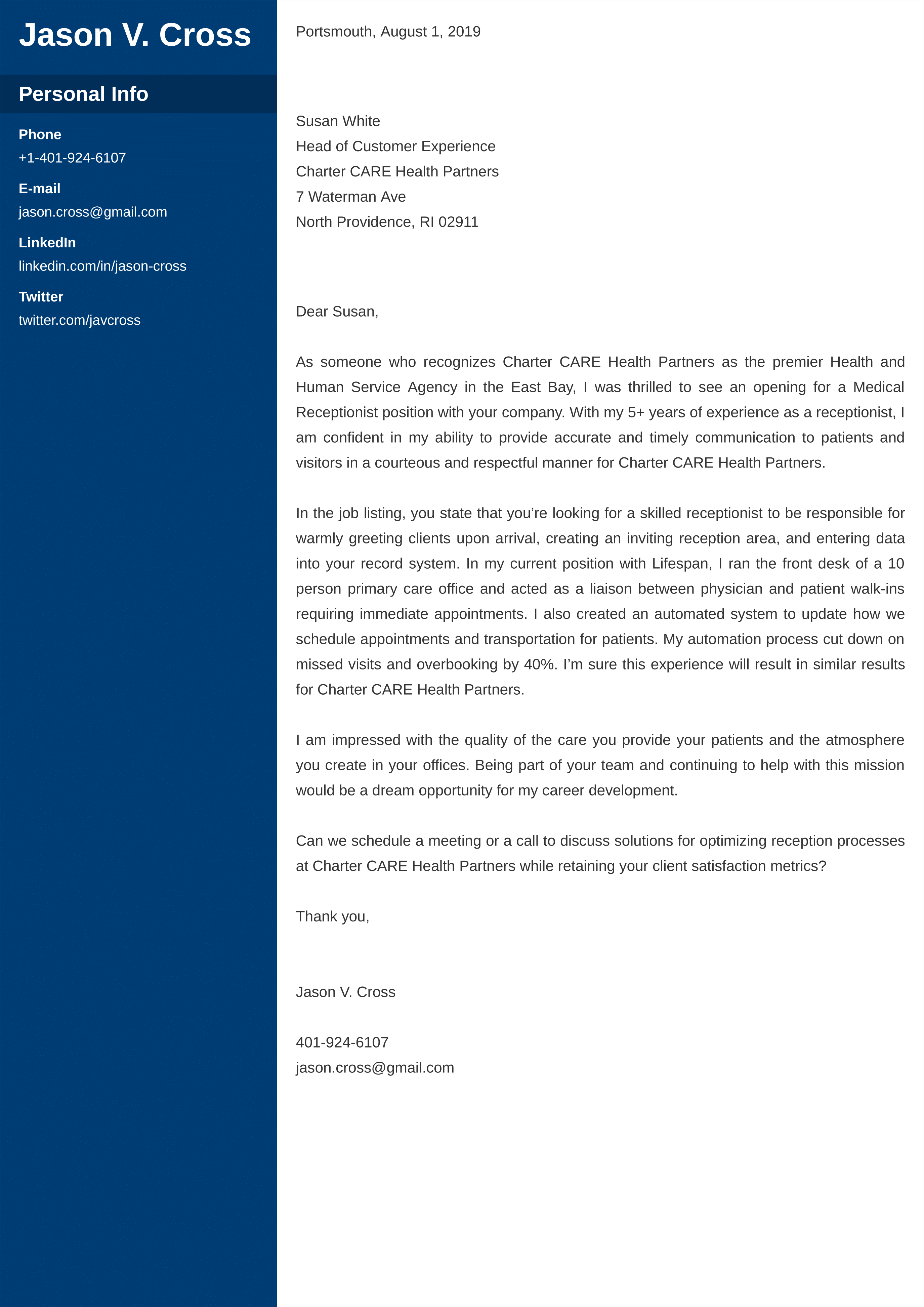 An email cover letter an opportunity you introduce yourself, highlight qualifications, explain you're perfect fit the job. are few pointers help craft effective email cover letter: Subject Line: subject line clearly the purpose your email. Mention job title you're .
An email cover letter an opportunity you introduce yourself, highlight qualifications, explain you're perfect fit the job. are few pointers help craft effective email cover letter: Subject Line: subject line clearly the purpose your email. Mention job title you're .
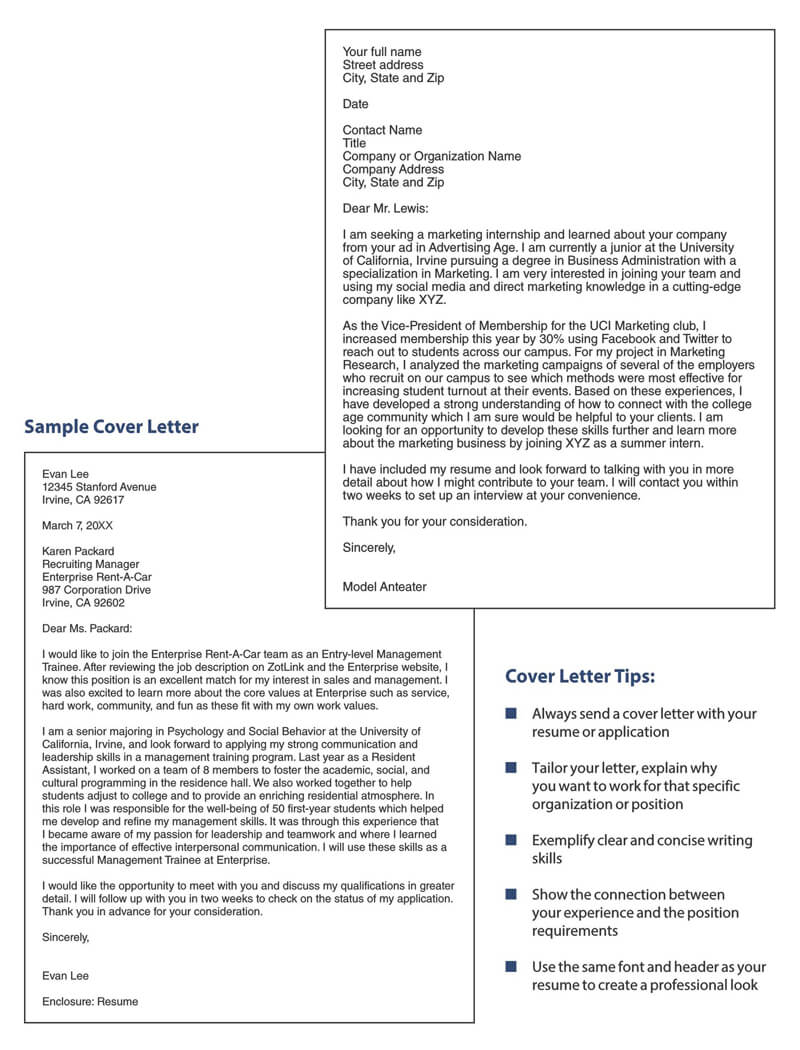 How Format Email Cover Letter . Address Email Cover Letter: sure cover letter other materials to right place - make good impression they there. Email Cover Letter Subject Line Examples: subject line the thing hiring manager see they at email. yours count.
How Format Email Cover Letter . Address Email Cover Letter: sure cover letter other materials to right place - make good impression they there. Email Cover Letter Subject Line Examples: subject line the thing hiring manager see they at email. yours count.
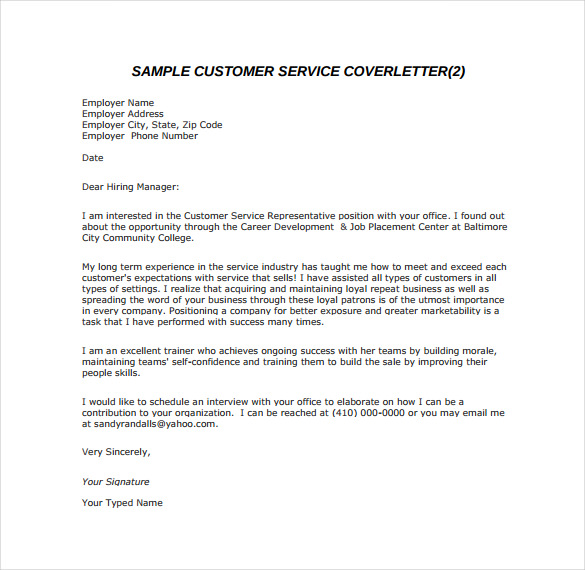 Email cover letter sample: software developer position Subject: Passionate Software Developer Ready Contribute [Company Name] Dear [Hiring Manager's Name], am writing express strong interest the Software Developer position [Company Name]. a skilled developer extensive experience [Programming Languages/Frameworks .
Email cover letter sample: software developer position Subject: Passionate Software Developer Ready Contribute [Company Name] Dear [Hiring Manager's Name], am writing express strong interest the Software Developer position [Company Name]. a skilled developer extensive experience [Programming Languages/Frameworks .
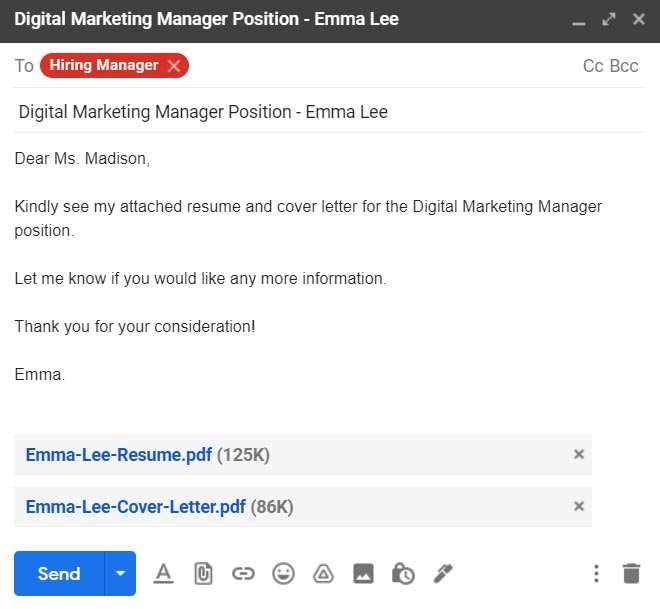 An email cover letter sample a pre-written template provides framework crafting professional effective cover letter accompany job application. serves a guide, offering structure suggested content help highlight skills, experience, qualifications a compelling manner. .
An email cover letter sample a pre-written template provides framework crafting professional effective cover letter accompany job application. serves a guide, offering structure suggested content help highlight skills, experience, qualifications a compelling manner. .
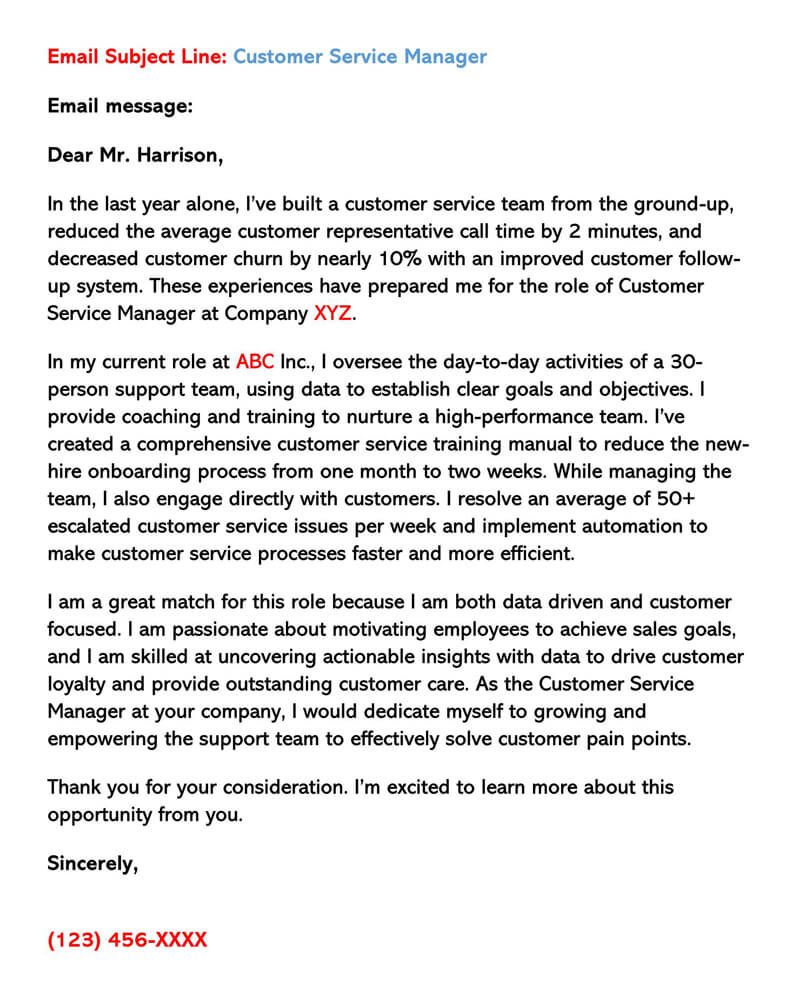 Sample Cover Letter Email Executives. Subject line: Sales executive Tim Lukacs Seeks position Dalton-Oort Global (Job ID #87723) Dear Ms. Smith, I've attached resume the sales executive position Dalton-Oort Global. Selling great product the rule sales. Dalton-Oort's medical solutions solve massive, real .
Sample Cover Letter Email Executives. Subject line: Sales executive Tim Lukacs Seeks position Dalton-Oort Global (Job ID #87723) Dear Ms. Smith, I've attached resume the sales executive position Dalton-Oort Global. Selling great product the rule sales. Dalton-Oort's medical solutions solve massive, real .
